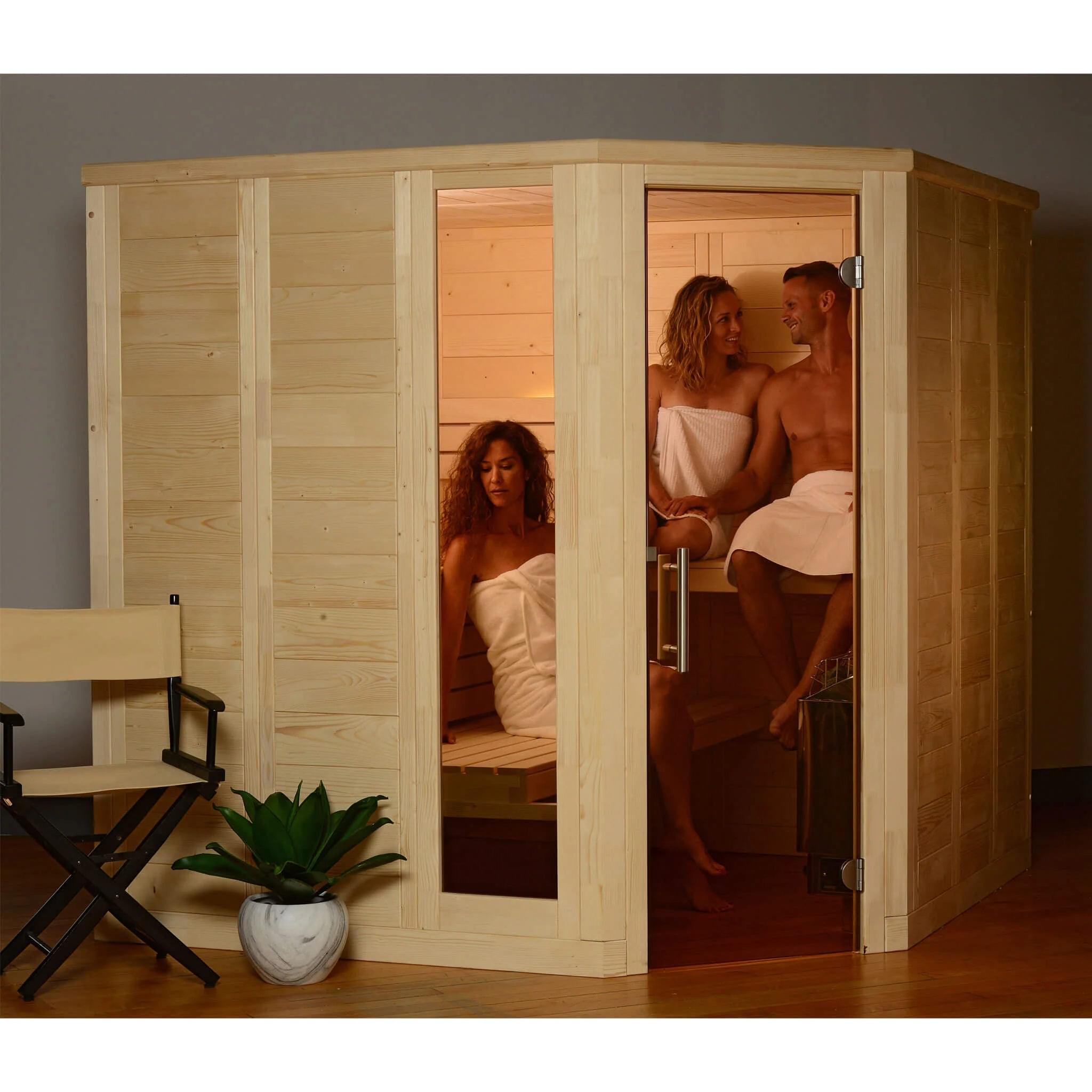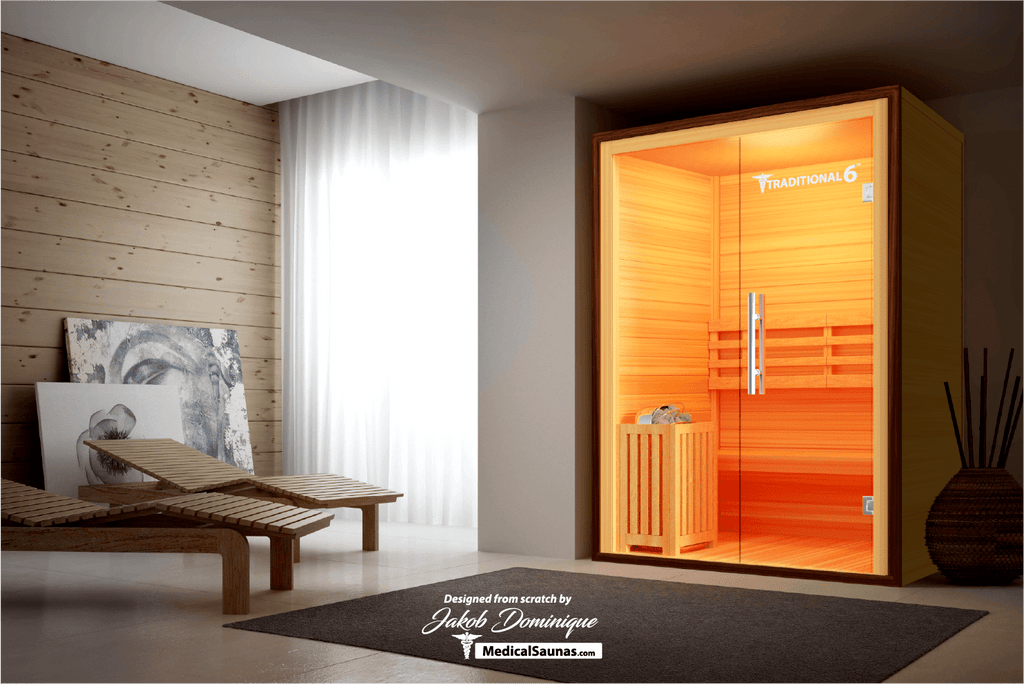Traditional Sauna - The Facts
Traditional Sauna - The Facts
Blog Article
Traditional Sauna - Truths
Table of ContentsGetting My Traditional Sauna To WorkThings about Traditional SaunaThe 3-Minute Rule for Traditional SaunaThe 10-Second Trick For Traditional SaunaThe 45-Second Trick For Traditional Sauna
The majority of the weight shed in a sauna is water loss and is re-gained upon rehydrating. Nevertheless, undeniably sauna can be a fundamental part of a healthy and balanced weight reduction program. To consider the distinctions between traditional and IR saunas, I will separate these into proven, academic, and made differences.Thus, the best point in the saunawhich is at the ceiling straight over the sauna heateris generally in between 185 and 190 F. Claims that a traditional sauna exceeds 200 F is merely not real and not suitable for electrical saunas sold in the US. The temperature for a far-infrared sauna is generally set between 120 and 140 F; however, unlike the conventional sauna, the goal in and IR room is not to attain a heat.
Due to this, the temperature distinction is almost irrelevant, since extreme sweating causes both sauna types, however the method of warming the body is different. In an IR sauna the bather will feel hot and will sweat profusely, yet at a lot lower temperatures (Traditional Sauna). Therefore, if the objective is to spend longer amount of times in the sauna, the IR sauna is an excellent option
When a conventional sauna has been properly heated up, the sauna walls are cozy, the air temperature has actually attained established temperature level and the rocks are very heated. As an interesting side note, the warmed walls and the rocks are sending out far-infrared heat, incorporated with the heated air, to create an "covering heat".
Getting The Traditional Sauna To Work

When the high temperature level is attained, the components cycle on and off to preserve the high temperature. The majority of standard sauna customers appreciate putting water over the rocks to develop vapor to increase sauna moisture levels. The benefits of putting water over the rocks include: making the area more comfy, moistening the nasal flows, and permitting the use of aromatherapy by blending important oils with the water.

When the energy enters the body, it triggers the body temperature to raise and ultimately leads to sweat. In an infrared sauna it's essential for the emitters/heaters to continue to be on almost frequently. Given that there is no mass of rocks to keep heat, the sauna will certainly cool down if the emitters closed off.
As pointed out over, the sauna bather in an infrared space desires to place himself before operating emitters to obtain maximum take advantage of the warm. The heating time for both spaces can be extremely various, depending upon how the spaces are used. For a standard sauna, a bather ought to permit 30-40 mins for the room to achieve a desired temperature and to appropriately pre-heat the rocks.
Traditional Sauna - An Overview
A well constructed sauna will typically attain a temperature level of 150-160 F in regarding 30-40 minutes. For hotter temperatures, the room might require to warm for a longer period.

Standard saunas have a tendency to be bigger (hence use even more electrical power) than infrared saunas, although traditional saunas are certainly offered in one and two person dimensions. For a two-person traditional sauna, 5x6 or 5x7 size is most popular. The leading bench can easily seat two or 3 people and is likewise long sufficient to relax throughout the sauna session.
The 3-Minute Rule for Traditional Sauna
The ordinary price per kWH of power in the U.S. is around $0.11, so a 4.5 kW heating system will set you back about $.50 to this hyperlink run for one hour, if the heater runs constantly for one hour. Usually a sauna heating system will compete 75% of the first hour and 50% of succeeding hours on because the aspects cycle once the set temperature is attained.

Finally, there is a hardly ever discussed distinction in the social experience between the 2 areas. While our culture has shed a few of the social a fantastic read benefit of the typical sauna experience, it can be really socially gratifying (Traditional Sauna). From household time in the sauna, to heart-felt discussions with loved ones, to sauna partiesthe standard sauna experience can bring about intimate mingling
Traditional Sauna Things To Know Before You Buy
Most higher end infrared areas include tinted light therapy, noise systems and full-glass fronts.
Report this page